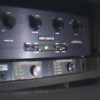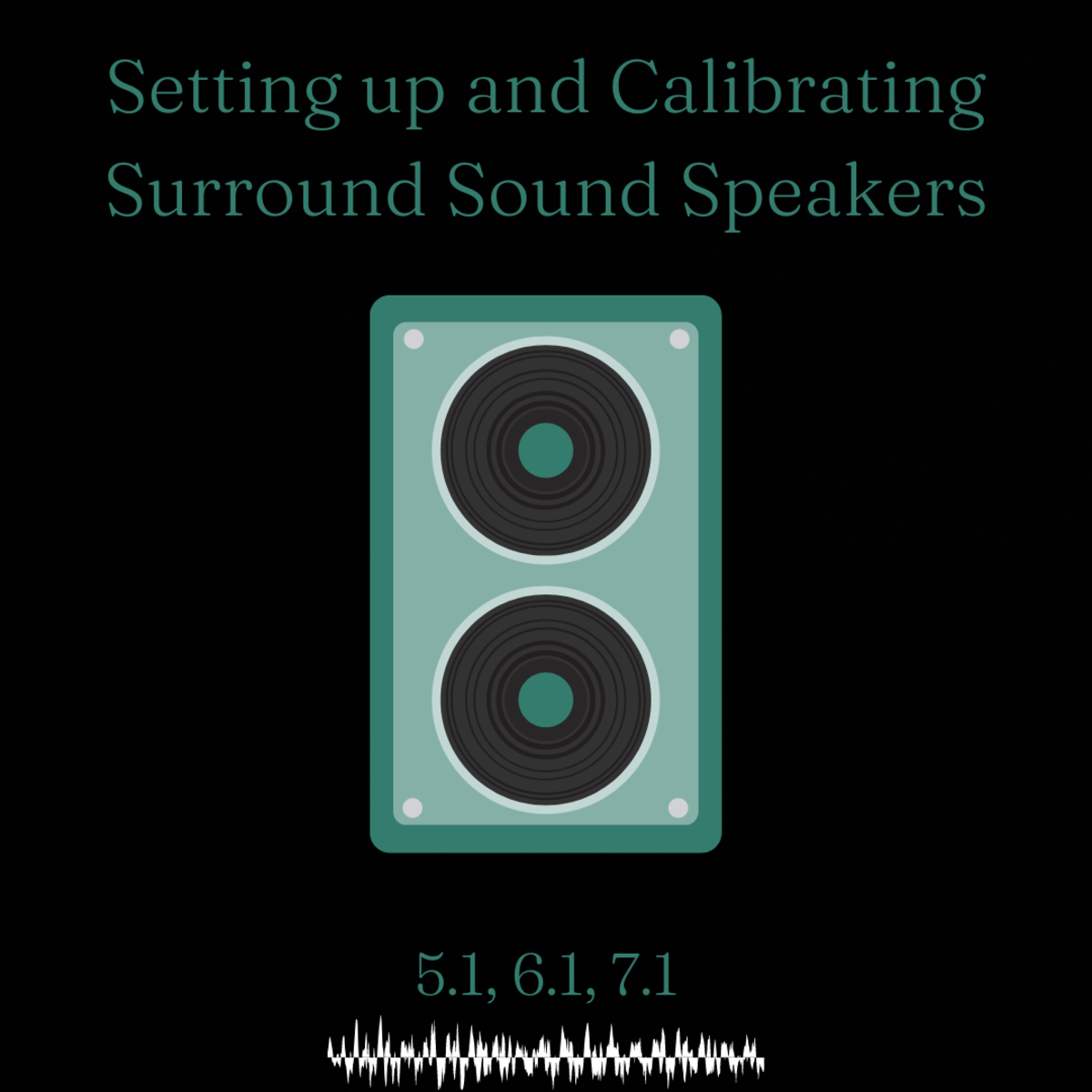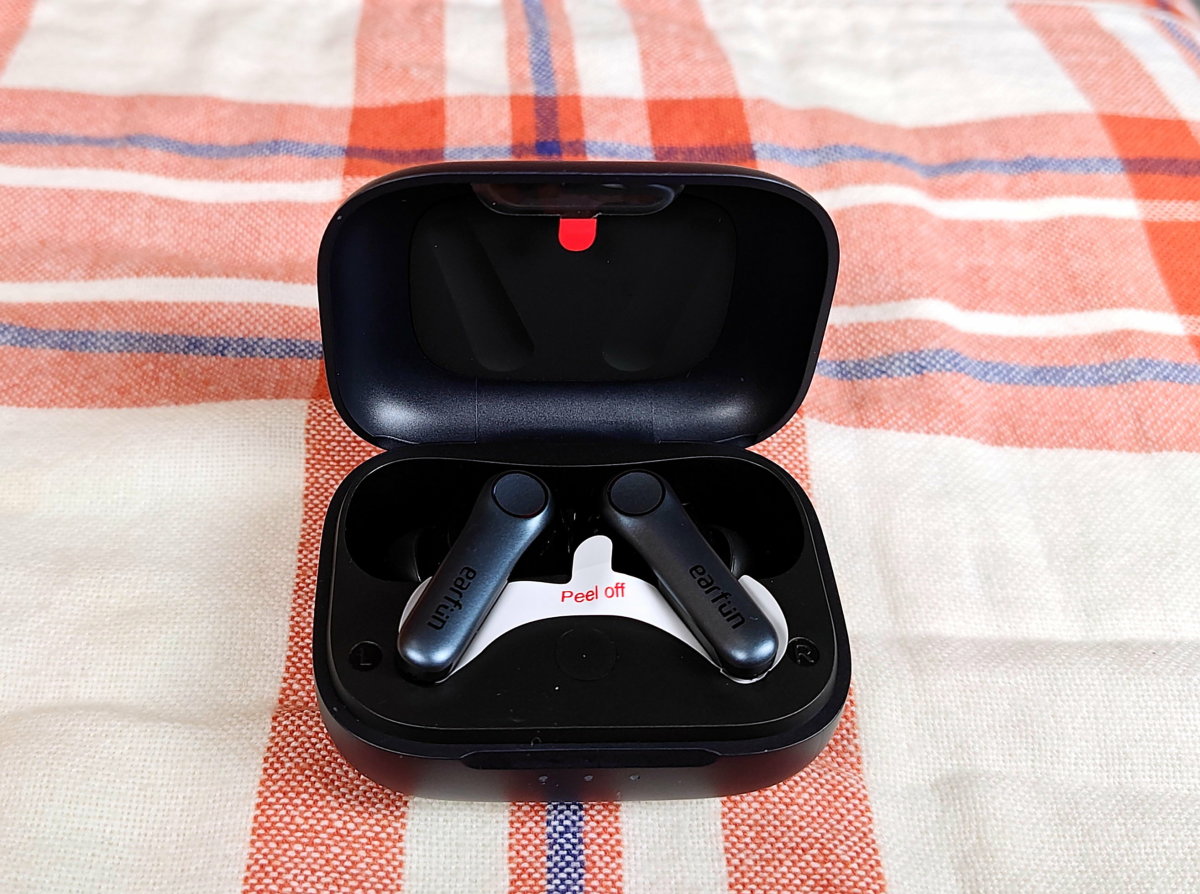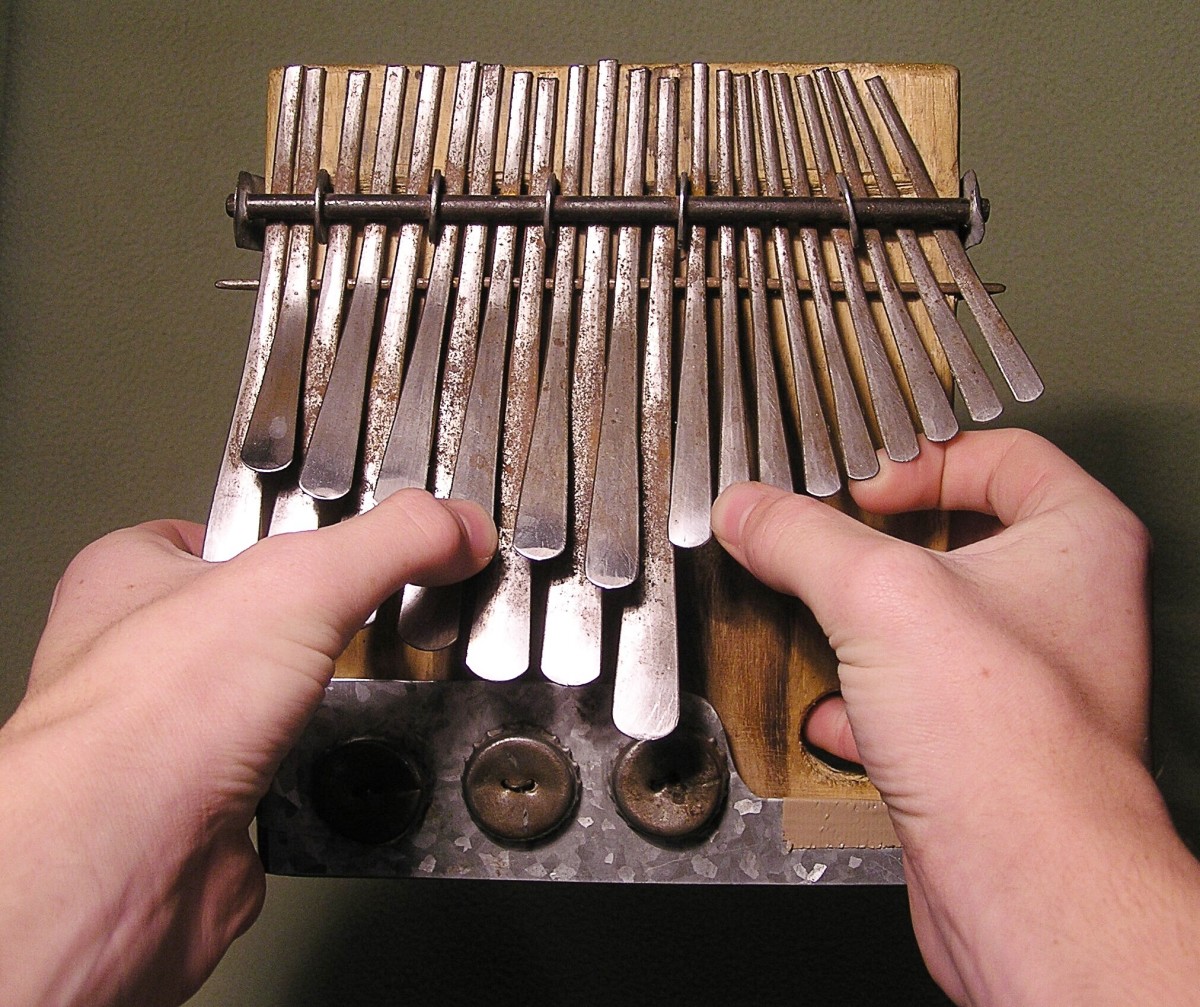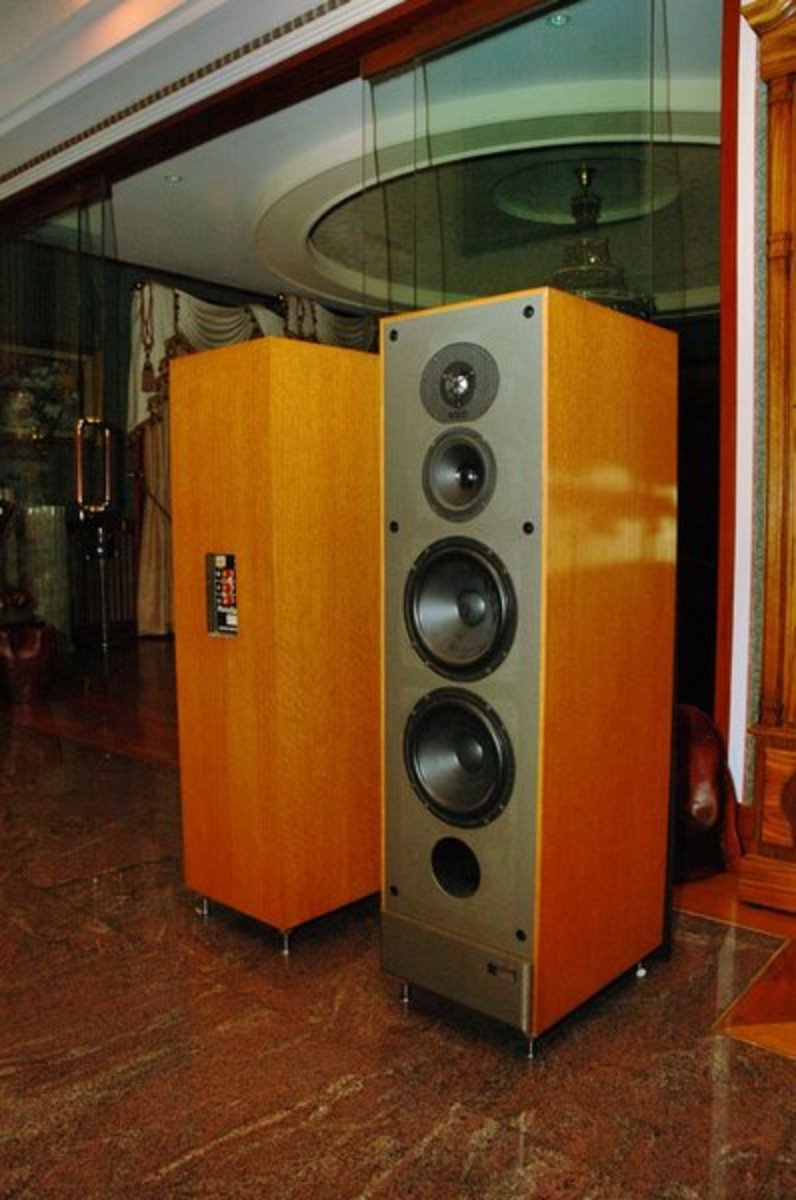Pt.1- FROM HiFi to HIGH-END: What's Wrong?
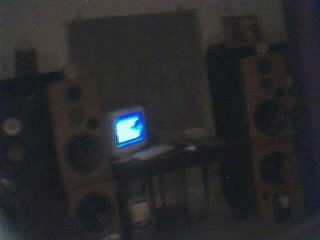
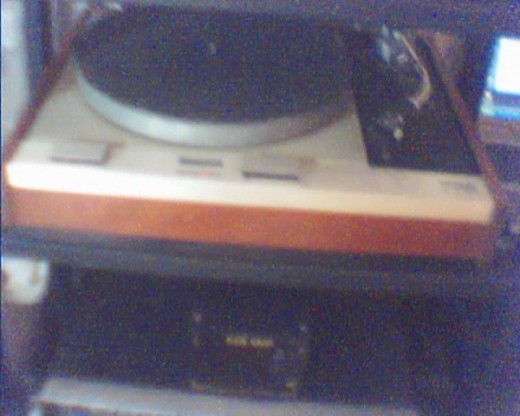
(Part 1 of 4) by WAJ; on audio.
We all know the term ‘Hi Fi’ is an abbreviation of ‘High-Fidelity'. Fidelity depicts faithfulness; therefore the term ‘High-Fidelity’ defines the aim of the hobby which is to achieve, in reproduction, the highest level of faithfulness (or accuracy) to the original (live) sound as it was recorded.
If this is your own goal, then for a reality-check I’d suggest that you try to get an opportunity to listen to UNAMPLIFIED musical instruments and voices: Your friends’ voices will do, church-bands, military-bands, orchestras, marching-bands, street-side minstrels, whatever - even the un-amplified instruments of a popular band in rehearsal, for instance. Listen also to solo instruments; drums, guitars and especially the piano. Compare the sounds of these live instruments to those of similar instruments and voices as reproduced by your system. If your system is like most HiFi systems, then the sound won’t even be close to the real thing. It isn’t your fault, really.
I blame this unfortunate state of affairs on the manufacturers of inadequate equipment (especially speakers) which have made a mockery of the term, High-Fidelity. The reasons for this are many and varied, in my opinion, with greed, ineptitude, convenience, incompetence and large measures of disingenuousness being prominent among them. Members of the press who knowingly recommend mediocre equipment are no saints either.
The corruption of HiFi is one of the reasons why, in my opinion, audiophiles have since coined the term 'High-End Audio' to describe the hobby and differentiate between the pursuit of the absolute sound, and the acceptance of mediocre fidelity.
However, in my view high-end is also being corrupted, and has been for a very long time. It’s mostly corrupted by what one could call the ‘can’t see the forest for the trees’ syndrome. The prevailing trend seems to be a focus on reproducing and analyzing all the minute details (the trees) of music. Details are certainly important, but relatively very little attention is given to the more major factors (the forest). These major factors are vastly more important if REALISTIC sound reproduction is the goal as it’s supposed to be in high-end. But this is exactly where most systems fail dismally even as they excel at reproducing minute detail.
Perhaps this industry needs to get its priorities right. Whether ‘low-level detail-resolution’ has a justifiable claim to its current position at the top of the order is the question at issue, and a major concern of mine.
THE MOST CRITICAL FACTORS FOR REALISM:
(a) DYNAMIC CAPABILITY
A home system consisting of the Spendor BC1 speaker-system, Quad electronics and Thorens TD125mkII/SME 3009II/Shure V15III front-end would have been considered state-of-the-art back in the day, and even today would be respected as way above average. But even back then, though the sound was sweet, neutral and pure, it never ever sounded totally like real live music to me. It sounded too processed, too refined, too thin, and too compressed – real instruments, to me, sound raw, natural, full-bodied, and dynamic, as do voices. That’s my problem with most ‘state-of-the-art’ systems today, they sound just like my old Spendor system – no thanks.
In my opinion, one of the main causes for the unrealistic reproduction of sound today, as it’s been for many years, is inefficient speakers incapable of realistic, lifelike dynamic response (that is, assuming all other aspects of system performance are up to par). I believe DYNAMIC CAPABILITY to be locked in a two-way tie for THE MOST IMPORTANT FACTOR in realistic sound reproduction.
What is dynamic capability? It’s the ability of a system to reproduce the minor and major volume-swings so prevalent in real-life, and live music – it’s one of the main elements that makes music sound LIVE. From the soft shimmer of a cymbal below the level of other instruments, to the loud thwack of a drum rising above the level of everything else – the jump factor – the element of surprise. These are some of the elements that generate the excitement of live music, and portray much of the emotion invested in a musical work. The absence of adequate dynamic capability is what causes many systems to reproduce music sounding like poor facsimiles of the original event.
TRANSIENT-RESPONSE: For the sakes of expediency and simplicity, I'll include transient-response in this section on dynamics. This is partly because I believe that both go together, for the most part.
For example, that soft (micro-dynamic) shimmer of a cymbal mentioned above would, likely, have been induced by a lightly palyed drum-stick. A good audio-system should be capable of resolving the low-level transient generated the instant that stick caressed the cymbal. (The shimmer would have been manifestation of the resonance, of the cymbal, caused by the initial impact). Exactly the same applies to the instance, also mentioned above, regarding the loud (macro-dynamic) thwack of a drum.
I believe the necessity for both excellent transient & dynamic response - in any good audio-system - is of extreme importance, and both are inseperable, in my view. Therefore, any subsequent reference to dynamic-response, on this site, implicitly includes transient-response, if only for the sake of simplicity.
(b) LOWER MID-RANGE BODY (Correct Tonality)
Also tied as the most important factor is LOWER MID-RANGE BODY, or weight. It facilitates the substance and tangibility to the sound of voices and instruments which they exhibit in real-life. The lack of it in many systems is one of the reasons (studio-engineers’ antics aside) why our favorite singer sounds so different at a live concert than through many systems where they sound, refined, thin, and glamorized. Live, they sound more full-bodied, raw, more natural, less refined, less glamorous. Sound’s familiar? Lower mid-range weight in a system facilitates the reproduction of a plucked string’s resonance in the body of a guitar, for instance, and makes the instrument sound BIG, or LIFELIKE, as it should.
The same (or similar) goes for almost every other instrument as aspects of their sound is conveyed through the all-important mid-range. But too many speakers (and other components) subtract the warmth and body out of the mid-range so you’ll hear the sweet sound of the string’s upper registers but the body of the guitar (or other instrument) is AWOL. The sound is therefore thin and unrealistic – no thanks, again. In my view, the mid-range is absolutely CRUCIAL, it’s the house where music lives (bass is the foundation, and treble – the trimmings). Therefore, if the mid-range isn’t right then the system is already disqualified for critical listening, there’s no house for music to live.
One can appreciate music reproduced with little or no bass or treble. In fact many live performances display very little, or none, of either – solo piano played in the middle registers, guitar, organ, small jazz or classical ensembles, a cappella singers etc. Even music that has a lot of both can be understood and appreciated without bass and treble. But imagine that same music, any music, played without the mid-range. See the point?
Ninety-percent of the sounds in nature and music, in my estimation, are in the mid-range. Therefore stellar reproduction of ALL the mid-range, including the LOWER MID-RANGE is ABSOLUTELY CRITICAL for the accurate reproduction of the sounds of music. So never mind the awesome bass, and sweet treble (though I love them too) the music has no home in a system flawed by a relatively thin mid section – relative to reality, that is. This view is also reflected (including my love for bass and treble) in my choices of components for my own system, but we’ll come to that.
Correct tonality of musical notes, and the realistic dynamism of those notes are locked in a two-way tie as THE most important factors in the quest for realistic reproduction, in my opinion, as these are the elements that inform us on the macro level (even from a great distance) that the music we’re hearing is either LIVE or a very LIFELIKE reproduction. Low-level detail resolution MUST, then, be secondary to the twin giants of tonality and dynamism, partly because it operates on the micro level (evident mainly in the near-field) and partly because it is largely dependent on the accuracy of the first two for its own authenticity.
The detailed resolution of what’s left of a musical note is relatively meaningless if that note is already compromised in its tonality and/or dynamism. Low-level detail resolution is important, but it must be viewed in its proper context, contrary to the current trend
(c) LOW-LEVEL DETAIL RESOLUTION.
The other important factor for me is the ability of a system to render LOW-LEVEL DETAILS. These are the tiny details that give us the clues as to what is happening in the music, and how, and completes the picture.
For instance; the resolution of the sound of individual bristles of a brush on cymbal, a singer’s intake of breath, the sound of a pick on a guitar’s string as distinct from that of a finger, the initial sound of a stick or mallet on drum-skin. Low-level details also encompass the sound of the decay of musical notes, the ability to follow the linger of a piano note as it slowly fades into oblivion even while the horn-section tries to blow the roof off, and the drummer imitates the cacophony of a machine-gun on full-automatic.
For critical listening, the ability of a system to render low-level details is priceless. It engenders those moments of blissful discovery of performance-related details – like that haunting electric-guitar melody deep in the mix – which we’d never heard on lesser systems. One is left with a feeling of experiencing every detail of a performance.
PRIORITIES
Since it is virtually impossible to be equally excellent in all areas, in all instances, it is also of paramount importance for us to get our PRIORITIES right. The macro-elements of music must be, and are, far more important than the miniscule. Put another way; the overall 'big picture' (along with its major elements) is much more important than its minute (micro-scopic, or 'micro-sonic') details. Simple logic dictates the order; (1) Dynamic Capability + Correct Tonality (including the oft neglected, but critically important Lower-Midrange Tonality/Accuracy) and (2) Low-Level Detail-Resolution.
OTHER FACTORS
OK, so I’ve only highlighted a few factors necessary for realistic music reproduction, in my opinion. That does not mean that other factors aren’t also important; of course we want excellent stereo separation, near holographic imaging, great signal to noise ratio, etc, etc. But most HiEnd systems already have all that. I’m only pointing out the areas where many systems are lacking. Me, I also want flat frequency-response – not just 20khz to 50hz or 40hz or 30hz as in most systems - I’ll settle for only the full spectrum, and we all know bass, accurate to 20hz, is much more difficult to achieve. However, that's another story.
CONCLUSION
Perhaps I should close by relating just one aspect of my experiences which has contributed to my dissatisfaction with the vast majority of high-end systems:
For many years I’ve lived next-door to an army-camp’s grassy airfield. Every few months or so, the army holds nocturnal functions on this airfield on which their 30-piece (un-amplified) military-band/orchestra is set up at various points close to, or further away from, my house. And whenever I listen to this band, even from great distances, it’s always possible to unmistakably recognize the sound as that of a live band – a humbling experience which always made going back to my highly-rated system (at the time) a disappointing prospect.
By far, the most significant elements of this live sound was/is (a) its dynamism (the ebb and flow of notes floating – sometimes those transients jumping – across the distance), and (b) its middle-range ‘full-bodiedness’. Minor details are not very apparent from great distances, yet the sound was undoubtedly LIVE, and very enjoyable as such.
Having also listened to this band (and others) up close, I can also appreciate the minute details including; the rustle of music-sheets, the scuffing of feet on the wooden platform, etc. - in addition to details similar to those previously articulated. But while these minor details do enhance the experience, the main elements of the live experience still remain; the DYNAMISM and the MID-RANGE ‘FULL-BODIEDNESS’ – even more so, up close.
So now, in assessing my system, any system, I first try to listen from a distance (from another room, or even from outside). I ask myself how close it sounds to a live singer or band in there. I listen for the macro-elements of live music. And then I go inside to continue my assessment of these elements, and also listen for the minute details, and other secondary aspects such as stereo-effects, etc.
Thankfully, my own system is now somewhat closer to the ideal I seek, much closer, in my opinion, than the typical high-end system. Hopefully, this/these article(s) will help a few in their quest for their own ideal audio-systems.
For a follow-up to the points raised, please refer to (part 2) ‘High-End Sound: Sweet & Refined OR Raw & Natural’. WAJ on AUDIO.
Copyright 2010

